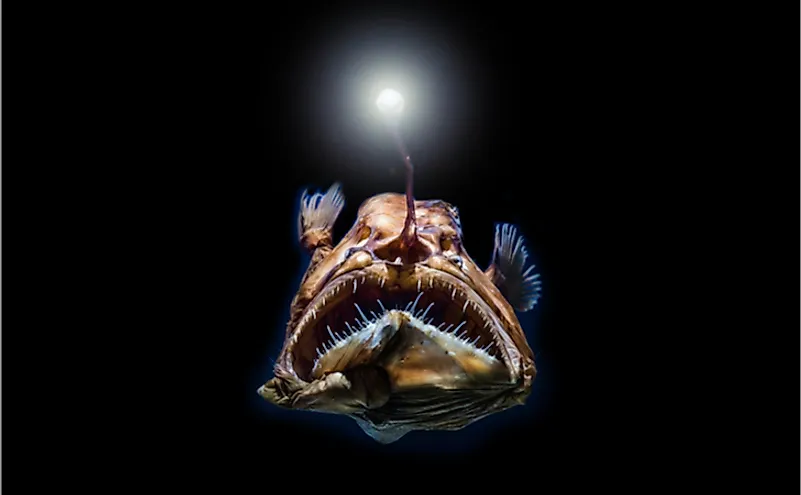Physical Address
304 North Cardinal St.
Dorchester Center, MA 02124

In the deepest recesses of the ocean, where light barely penetrates and temperatures hover near freezing, an extraordinary realm of life thrives against seemingly insurmountable odds. Among the most fascinating inhabitants of this abyss are deep-sea fish, creatures that endure pressures hundreds of times greater than those at the ocean’s surface. This article delves into the remarkable adaptations that enable these fish to survive and even flourish under such extreme conditions, offering readers fresh insights into a world seldom seen by human eyes.
The pressure in the deep sea is immense. At depths exceeding 1,000 meters, it can reach up to 100 megapascals, equivalent to the weight of a small car pressing down on every square inch of a fish’s body. Yet, deep-sea fish not only survive but thrive in this environment. Their unique physiological and anatomical adaptations are key to this resilience.
One of the most critical adaptations is the structure of their cell membranes. In deep-sea fish, these membranes contain high levels of unsaturated fats, which remain fluid even under extreme pressure. This fluidity is vital for maintaining cellular functions such as nutrient transport and energy production.
Moreover, these fish possess proteins that are specially adapted to function in high-pressure environments. These proteins have unique structures that prevent them from becoming too rigid, ensuring they can still perform essential tasks like catalyzing chemical reactions, even in the crushing depths.
Unlike many fish that rely on a swim bladder to control buoyancy, deep-sea fish often lack this organ. A swim bladder, filled with gas, would be crushed under the extreme pressures of the deep sea. Instead, these fish have evolved other methods to maintain buoyancy. Some species, like the aptly named blobfish, have bodies that are slightly less dense than the surrounding water, allowing them to float just above the seafloor.
Food is scarce in the deep sea, where sunlight doesn’t penetrate to fuel photosynthesis. Deep-sea fish have evolved to cope with this scarcity in several ways. Many have large mouths and expandable stomachs, enabling them to consume prey of various sizes and store food for long periods. Others have highly specialized diets, feeding on the detritus that falls from the upper layers of the ocean, often referred to as “marine snow.”
In the pitch-black environment of the deep sea, light-producing organs, or photophores, are common among deep-sea fish. Bioluminescence serves multiple purposes: attracting prey, deterring predators, and even facilitating communication between individuals of the same species. For instance, the anglerfish uses a bioluminescent lure to draw prey close enough to snatch them with its sharp teeth.
The genetic makeup of deep-sea fish reveals the secrets of their survival. Recent studies have shown that these fish have genes that produce proteins highly resistant to pressure-induced denaturation. These genetic adaptations are the result of millions of years of evolution, allowing these species to colonize one of Earth’s most hostile environments.
Despite their remote habitat, deep-sea fish are not immune to human impact. Deep-sea fishing, pollution, and climate change threaten these remarkable creatures. Bottom trawling, a common fishing method, can destroy vast swathes of deep-sea habitats in a single pass. Moreover, pollutants like plastic and heavy metals can sink to the ocean’s depths, contaminating the food chain and affecting the health of deep-sea fish.
The deep sea remains one of the least explored and understood ecosystems on our planet. The survival of its inhabitants, particularly deep-sea fish, is a testament to the power of adaptation. However, their existence is precarious, threatened by the very activities that sustain human life on the surface. By understanding and protecting these extraordinary creatures, we can ensure that the deep sea remains a thriving, vibrant ecosystem for generations to come.
This article has explored the incredible adaptations that enable deep-sea fish to survive under extreme pressures, offering a unique perspective on their biology and the challenges they face. Through these insights, readers gain a deeper appreciation for the resilience of life in the ocean’s most extreme environment.